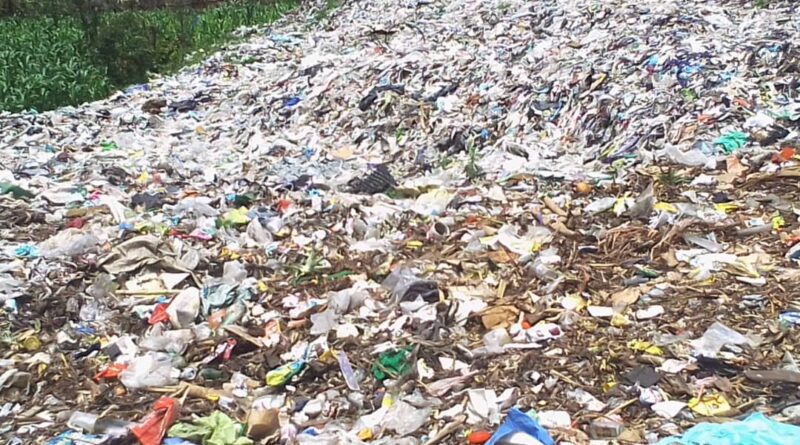The Harm and Impact of Plastics on the Environment
As the world continues to face environmental degradation, research shows that plastic-related products contribute significantly to air pollution through emissions caused by human activities.
This pollution results from the accumulation of plastic waste or plastic-related materials in various parts of the world.
Research also indicates that every second, over 10 tons of plastic are produced by various industries globally, which are then used to manufacture different products, most of which are single-use. However, people often fail to adhere to their intended use.
Since these products take a long time to degrade, these tons and tons of plastic waste end up across the globe — in oceans, cities, rivers, and even the air we breathe — severely affecting the environment.
Why Does Plastic Pollution Occur?
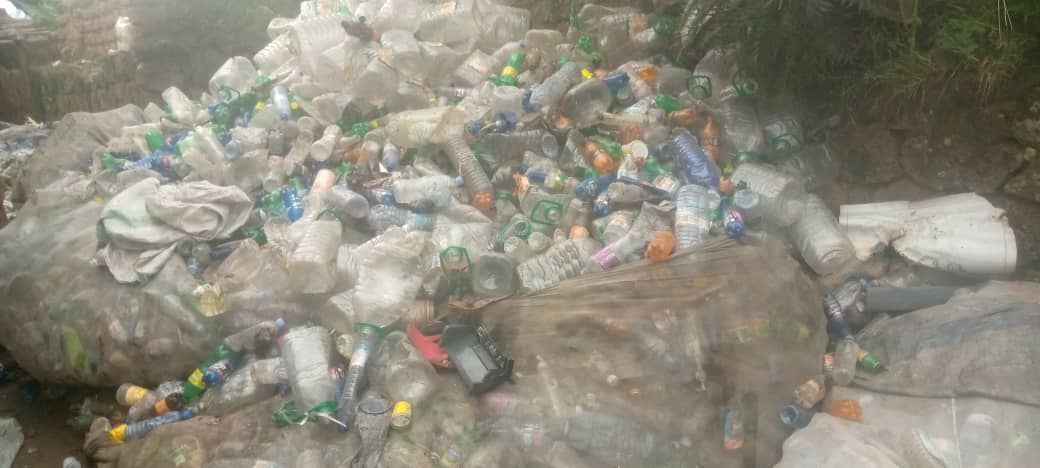
At the forefront, plastic pollution results from the excessive use of plastic products because they are easy to produce and use. Many food items are stored in plastic containers because they preserve them for a long time without spoiling.
Environmental expert Musengimana Emmanuel explains that the nature of plastic waste makes it challenging to manage. He states:
“The nature of plastic waste makes it difficult to manage, unlike other materials we encounter in our daily lives. For example, metallic items last a long time, whereas most plastic products are used only once. Therefore, half of all plastic products become waste within less than a year. Moreover, this waste pollutes wherever it is because plastic takes a long time to degrade or decompose, between 100 to 1000 years.”
Musengimana continues by stating that even though some plastic items can be recycled, the technology is not yet fully developed, and only 14% of plastic products can currently be recycled. The remaining 86% is either stored in landfills, incinerated, or dumped into oceans, rivers, and other natural areas.
How Does Plastic Pollution Happen?
To understand how plastic pollution happens, Musengimana explains that plastic materials damage the environment in many ways. He says:
“Indeed, plastic waste can be recycled, stored in designated places, incinerated, or dumped in various areas. Over time, stored or discarded plastic waste decomposes, releasing small particles into the soil, or gets carried by the wind, reaching rivers and oceans through rain. Human activities also contribute to these particles ending up in large bodies of water. These particles consist of plastic itself, as well as other chemicals used in plastic manufacturing.”
What Are the Consequences of Plastic Pollution?
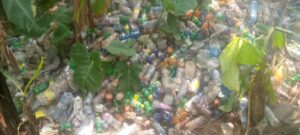
Musengimana mentions that the consequences are numerous, depending on the area where the waste is dumped. He gives an example of plastic islands forming in the Pacific Ocean:
“Due to the vast amount of plastic waste dumped in the ocean, large plastic islands have formed. In the Pacific Ocean, there is a large plastic island with an area the size of Spain, France, and Germany combined.”
He further explains that plastic waste affects marine life. Animals in the ocean often ingest plastic fragments, which can seriously harm or even kill them, as these materials can choke or suffocate them. Moreover, the materials can disrupt their habitats, leading to changes in ecosystems.
Another environmental expert, Eng. Nkurunziza Niragire Placide, states that plastic waste also causes soil erosion, as the soil cannot compact properly over plastic materials. He also warns that burning plastic releases toxic gases into the atmosphere, which harm the ozone layer. Inhaling or consuming chemicals from plastic products can also cause serious health issues, including cancer.
Nkurunziza concludes by emphasizing that plastic waste affects rivers and lakes as well, with water carrying it to shores and polluting aquatic ecosystems.
Efforts to Address Plastic Pollution
Some efforts have been made to reduce plastic use. For example, Rwanda’s *Inyange* factory has begun producing glass bottles instead of plastic ones. Although this initiative is still in its early stages, it is a step in the right direction.
However, there are still many people who do not heed warnings about the dangers of using plastic products, especially old or banned items, despite their links to cancer and other diseases.
The Role of the Law in Regulating Plastic Use
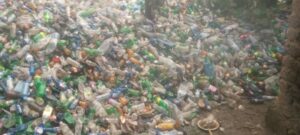
Aware of the adverse effects of plastic on human health and the environment, the Rwandan government enacted Law No. 48/2018 on environmental protection. Article 3 of this law states:
“Activities likely to have adverse effects on the environment must not commence until scientific studies prove that they will not pose any issues.”
Article 4 further highlights the need for sustainable environmental practices, ensuring that future generations benefit from healthy ecosystems. It emphasizes the importance of protecting the atmosphere.
The law also prohibits harmful waste management practices, stating in Article 45:
1. Dumping waste in unauthorized locations.
2. Importing hazardous waste that threatens human health and the environment.
3. Selling, purchasing, or storing toxic chemicals or other harmful materials without proper authorization.
4. Using explosives or chemicals that harm wildlife, especially in water bodies.
5. Urinating, defecating, or spitting in inappropriate places.
> 6. Burning household waste, tires, and plastic materials.
Offenders of these regulations face fines, as detailed in Article 52:
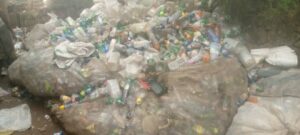
“Anyone who burns household waste, tires, or plastic materials in violation of the law will be fined RWF 25,000.”
This law serves as a guideline for regulating plastic use and waste disposal in Rwanda, promoting a cleaner and healthier environment for its citizens.

